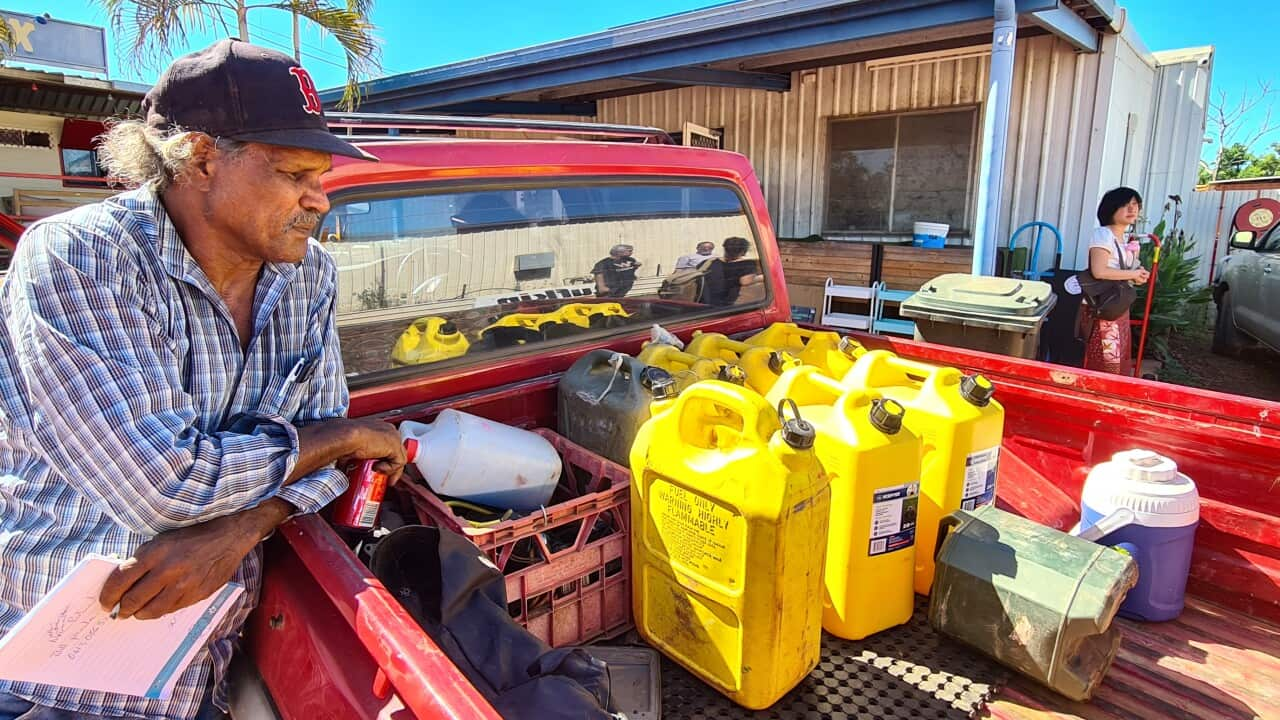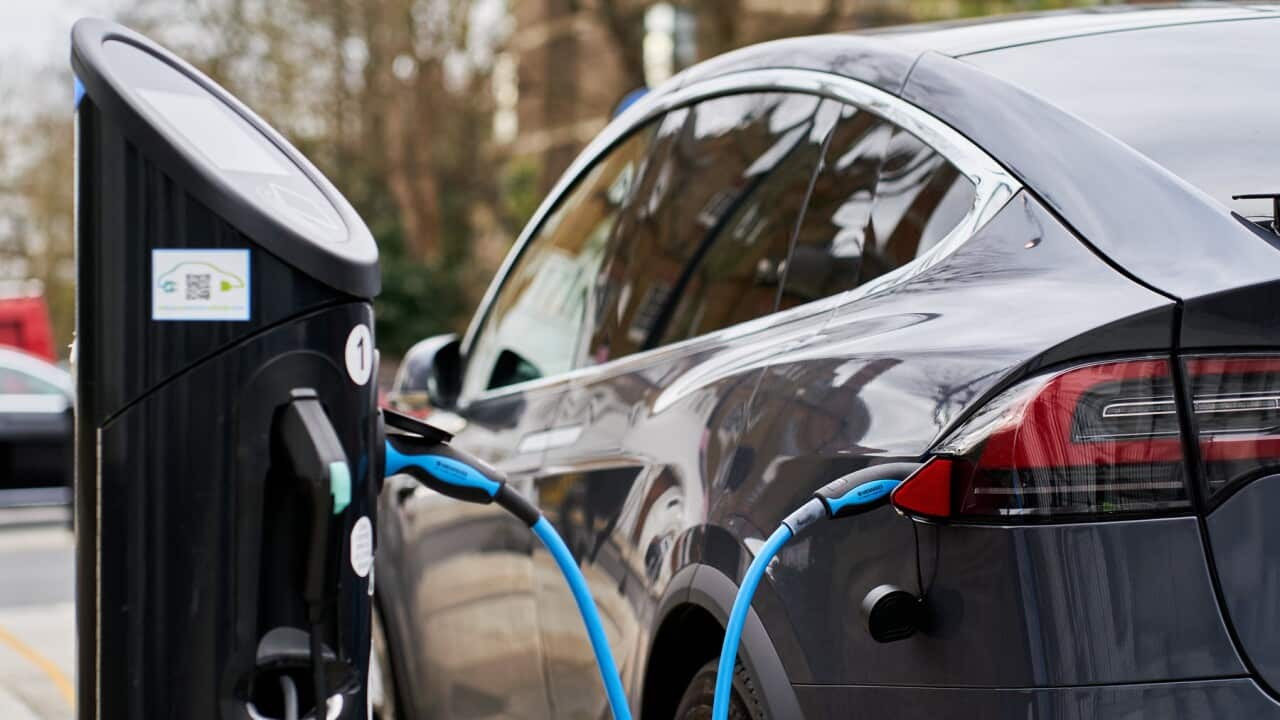Key Points
- Australia's climate has warmed by an average of 1.47C since national records began in 1910.
- Since the 1950s, extreme fire weather has increased and fire seasons are starting sooner and ending later.
Australia is facing longer fire seasons, more intense tropical cyclones and oceans riddled with acidity due to rising global temperatures.
The country's climate has warmed on average by 1.47C since national records began in 1910, according to the new State of the Climate report released on Wednesday.
The eight years from 2013 to 2020 were the warmest on record, with 2019 taking the top spot for the hottest recorded year.
What's at risk?
"Concentrations of greenhouse gases are at the highest levels seen on Earth in at least two million years," director of CSIRO's Climate Science Centre Jaci Brown said.
Since the 1950s, extreme fire weather has increased, and fire seasons are starting sooner and ending later.
The increased rainfall in recent La Nina seasons can heighten fire risks because thick vegetation dries out and creates fuel loads.
The report from the Bureau of Meteorology and the CSIRO found in the coming decades, Australia will experience increasing air temperatures and decreasing cool-season rain, with short but heavy rains expected.
What are the long-term impacts?
Sea levels will continue to rise, and warmer ocean temperatures will make coral bleaching more likely across the country's coastline.
"We're seeing mass coral bleaching events more often and this year, for the first time, we've seen a mass coral bleaching on the Great Barrier Reef during a La Nina year," Dr Brown said.
Australians will experience fewer tropical cyclones, but the ones that do eventuate will be more intense.
As those in flood-affected areas could attest to, the intensity of short rainfall events has increased by 10 per cent per storm.
'Urgent need for climate action'
Environment Minister Tanya Plibersek said the report was sobering reading.
"Australia is experiencing climate change now, with impacts being felt by many communities, ecosystems and industry sectors," she said in a statement on Wednesday.
"For our environment, for our communities, this report reinforces the urgent need for climate action."
Science Minister Ed Husic said the Labor government was listening to the science.
"We are acting across government to bring down emissions while creating jobs and economic opportunity," he said, pointing to $3 billion set aside from the National Reconstruction Fund for renewables and low-emission technologies.
The State of the Climate report has been published every two years since 2010.











